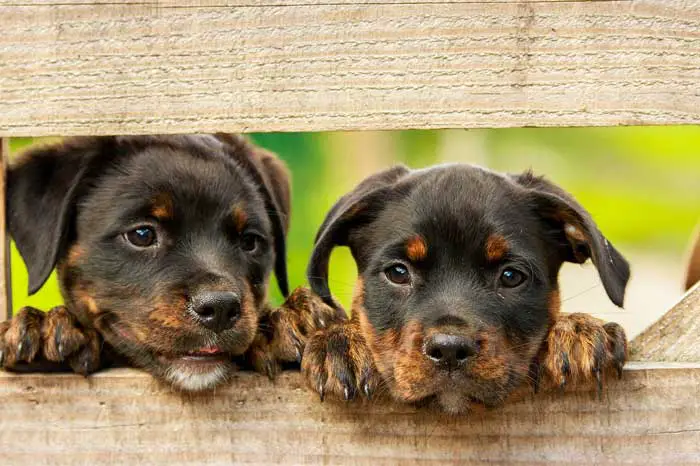It’s an exciting step to get a new puppy that’ll turn into a long term companion. Still, there are lots of crucial aspects to consider first. One of these aspects is the breed of the puppy.
All dogs need training and exercise to thrive. Yet, there are some breeds that need some professional training and huge amounts of time and energy.
They are lovely dogs, but they’re just more challenging than others. Getting one of these as a pet can be a frustrating experience when you’re just starting to learn all about it. That’s why they could be the worst dog breeds for first-time owners.
Worst Dog Breeds For First-Time Owners
Here we’ve compiled for you the types of breeds that can be challenging for newbies. Each breed has its different temperament and traits. Still, there are some general characteristics that can make them not a convenient choice for a first-time owner.
1. Airedale Terrier
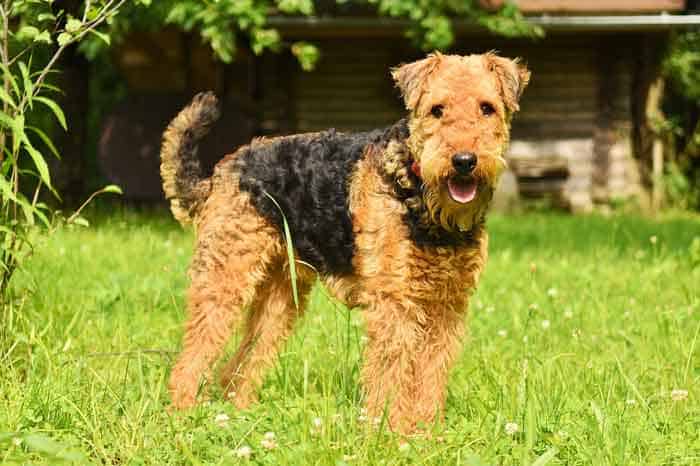
The Airedale Terrier breed is the largest among the terriers. They’re smart and active dogs, but also stubborn and are likely to have a mind of their own.
Their character makes them challenging to train and in need of a firm and patient owner. Airedale Terrier dogs need daily physical and mental stimulation to keep them busy and happy.
Neglecting their exercise and training can lead to troubling behavior. Digging is one of their common behavioral issues. It can cause a problem for people who have a garden. Airedale Terrier is a friendly pet, still, it needs supervision especially around other pets and children.
2. Akita
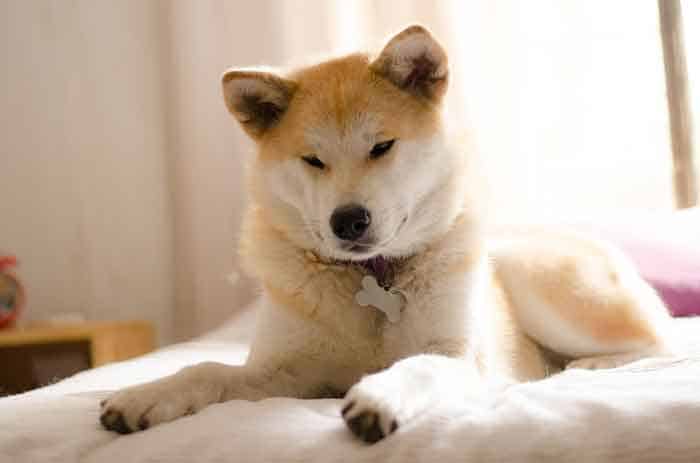
The Akita is a breed that originated in Japan. They were bred as guard dogs, as well as big-game hunters. That’s why these dogs are powerful and have a strong prey-drive.
They can sometimes be hard and exhausting to control. An Akita can overpower you while pulling the leash to chase small animals if you let it. They need daily outdoor exercise and suitable socialization and obedience training.
Akitas need supervision when they’re around children or other pets. Their protective instinct as guard dogs can also make them aggressive towards strangers.
As for their good looking thick fur, they’re heavy shedders which can be an issue if you don’t brush them regularly.
3. Alaskan Malamute
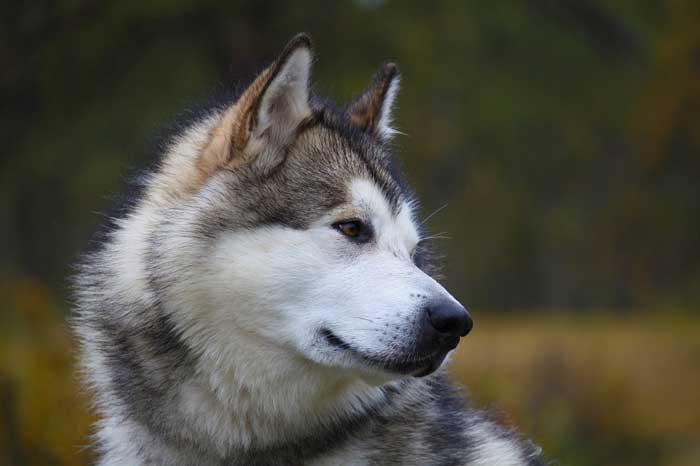
Alaskan Malamute is one of the Arctic sled dogs. The breed is known for its strength and great endurance. Alaskan Malamute dogs need training and exercise like most dogs. You’ll need to give them a proper outlet for their energy.
They also enjoy lots of outdoor activities such as jogging and swimming. They can be troubling when it comes to pulling the leash outdoors and due to their good escaping skills.
Having thick fur, they’re also heavy shedders. Cleaning after them can be a tiring and time-consuming activity. Due to their place of origin, Alaskan dogs don’t bear much heat and are prone to heatstrokes.
4. Australian Cattle Dog

Also called Australian Heeler, these dogs are originally bred as herd dogs. They’re the stubborn type. Therefore, they need to be well trained by a firm and a leading owner.
Australian Cattle Dogs are very energetic. They require regular physical and mental exercise outdoors because of their adventurous nature. That’s why they aren’t the best option for city dwellers or if you live in a small place.
Though friendly and affectionate, they can be cautious and wary of strangers. Which is a challenging factor if you are used to having guests.
5. Bloodhound
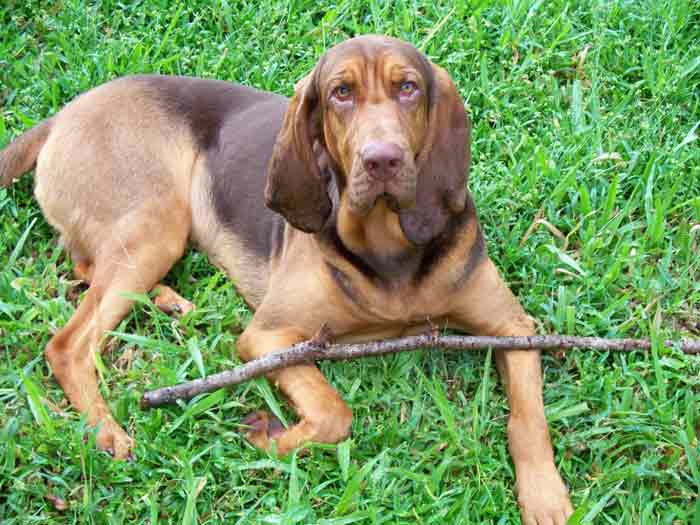
The Bloodhound breed is originally bred as a guard dog. These dogs are always ready to sense any kind of danger which makes them protective companions. Still, they have a stubborn and dominant nature. As their owner, you need to be assertive and leading so they don’t take control.
They’re known for their strong nose and strong prey-drive. These two features will make your dog track scents often. They will also make it ready to chase a rat or a cat while dragging you along.
Bloodhound dogs need training such as socialization and obedience. They also need daily physical and mental exercise and challenges. Leaving them bored or unchallenged can lead them to develop bad habits.
6. Border Collie

Border Collie is bred to be an energetic and smart farm dog. This breed needs a good amount of daily exercise to let out its energy. They like large outdoor spaces to run and play with you. Moreover, they need daily mental and physical stimulus.
Like most of the breeds, Border Collie needs the training to behave well. You don’t want to have a bored dog barking or digging most of the time due to boredom and excessive energy.
7. Bullmastiff

Bullmastiff is another protective guard dog breed. They’re independent dogs that need assertive and firm owners. They also need to be well trained not to get aggressive towards strangers.
With their heavy and large bodies and their strong prey-drive, they will overpower you if you let them. Controlling them outdoors while pulling a leash to chase small animals can be a tiring activity.
Bullmastiff dogs need daily let out through various physical and mental exercises. They’re also heavy droolers and will force you to clean a lot when indoors.
8. Cane Corso
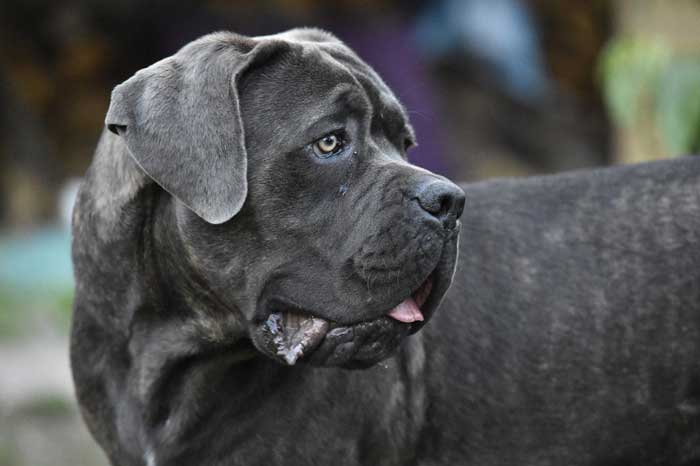
Another breed that can be difficult to deal with for newbies is the Cane Corso. Originally bred as boar hunters and watchdog, they’re sturdy and dominant. These large dogs can be stubborn as well with inexperienced owners.
Cane Corso dogs need to be trained by assertive owners to obey and behave. They’re family-friendly pets. Still, they can get overly protective and don’t easily trust strangers.
9. Chinese Shar-Pei
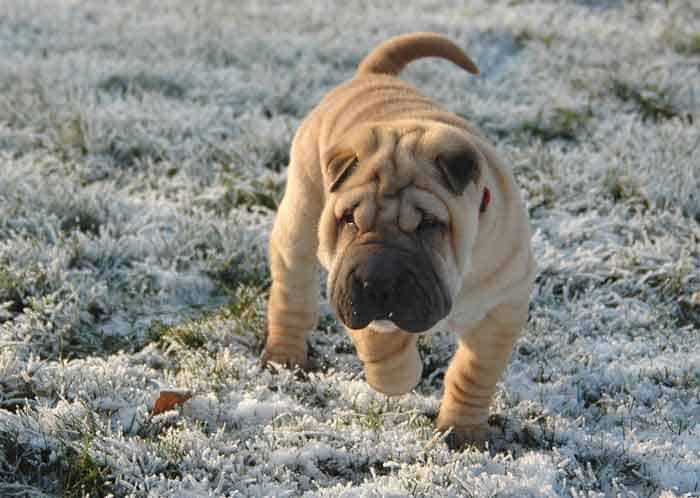
The Chinese Shar-Pei isn’t as active as its peers. Yet, these dogs require physical and mental stimulation to keep them from getting bored.
Because of their folded skin, they’re prone to some medical conditions related to their eyes and skin. Therefore, you’ll need to be aware of possible health problems and how to deal with them.
What makes the Chinese Shar-Pei challenging is their anti-social nature. They’re likely to be attached to one owner more than a family. They’re also wary and aloof with strangers whether people or dogs.
10. Chow Chow
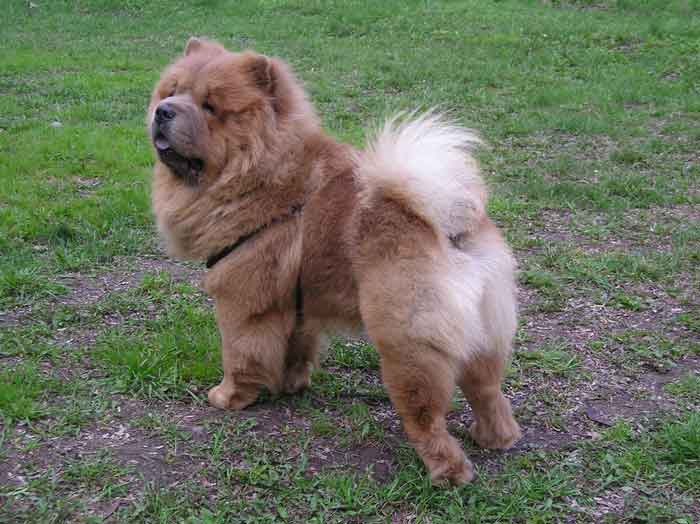
Chow Chow is another stubborn breed to deal with. They can be frustrating if dealt with in the wrong ways. The fact that they’re usually uninterested in training can add to the challenge.
They need a firm assertive trainer to be able to obey and socialize. As they’re aloof towards strangers and other dogs. An average daily exercise can be enough for them. Chow Chow dogs have long thick coats, which require regular grooming and care.
11. Dalmatian

The iconic Dalmatian breed is loved through the Disney animation by both children and adults. Yet, sadly it isn’t for first-timers. They’re bred as active coach dogs and firehouse dogs. Therefore, Dalmatian dogs require daily exercise and lots of training time.
They‘re active dogs that need active owners to keep track of them. They also shed heavily and therefore aren’t suitable for everyone.
When not challenged physically and mentally Dalmatian gets bored. This can lead to lots of barking and destructive behavior indoors. Though friendly, these dogs also need to be supervised around other pets and children
12. German Shepherd
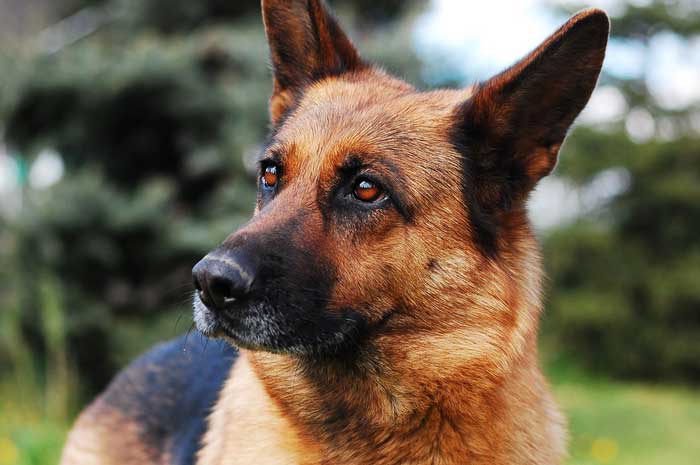
German Shepherd is famous for being a great guide dog and a police dog. They’re a protective and intelligent breed.
That’s what makes them require lots of professional training to thrive. As their owner, you need to be active and firm. German Shepherds are at their best with daily physical and mental exercise.
You need to give them much time and energy to avoid their adopting any behavioral issues. As a breed, they’re prone to serious health issues like hip dysplasia and others. A factor which can make their lifespan shorter than others.
13. Rottweiler
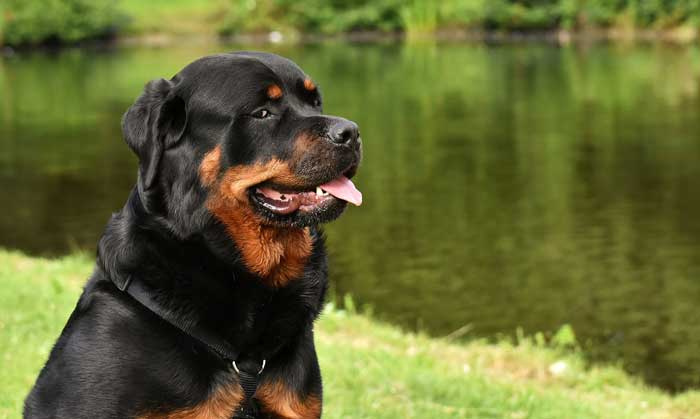
Rottweilers are a guard dogs breed, and sometimes even service and therapy dogs. They’re large and sturdy with a dominant nature.
These dogs can be a challenge to train and teach them obedience. They need excessive exercise and training. Moreover, neglecting their training and not being firm enough can lead to annoying and maybe dangerous behavior.
Still, If trained properly they’re very friendly and affectionate. They tend to be protective around their owners and so aloof with strangers.
14. Saint Bernard
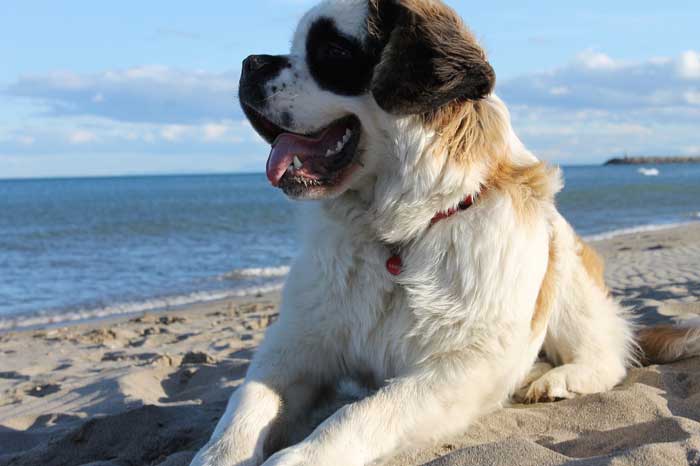
On the other hand of highly active dogs, Saint Bernand dogs don’t mind staying indoors. Their only issue is their very large size which isn’t suitable for small apartments.
Another common issue with this breed is that they’re heavy droolers. Therefore, they require so much cleaning. Also, they can possibly eat small items from your clothes like socks.
Saint Bernard dogs can be content with occasional walks. Just be aware that they don’t bear hot climates and are prone to heatstrokes.
15. Siberian Husky
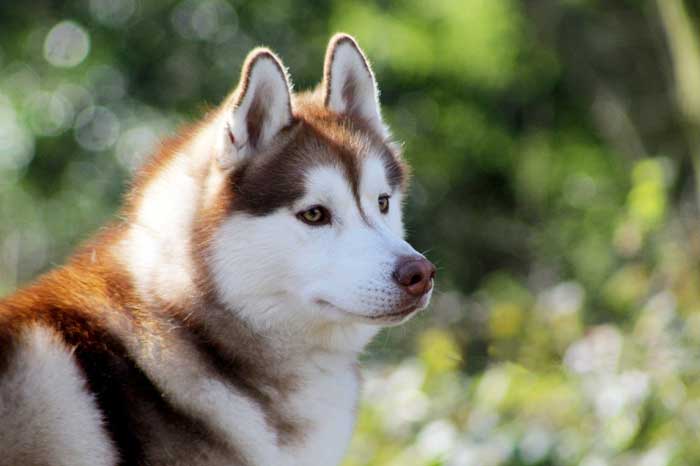
Famous Siberian Huskies are known to prefer cold and snowy places. They’re also known for being great energetic runners.
Huskies require lots of daily physical exercises as they’re bred with endurance to pull sleds in the snow. They fit well with owners who are willing to give them as much effort as possible. In addition, It’s crucial to train them well to grow up with acceptable and controlled behavior.
They can be a burden to keep them locked in as they’re good escapers. They’re also likely to chase small animals and other pets while dragging you along due to their prey-drive.
16. Treeing Walker Coonhound
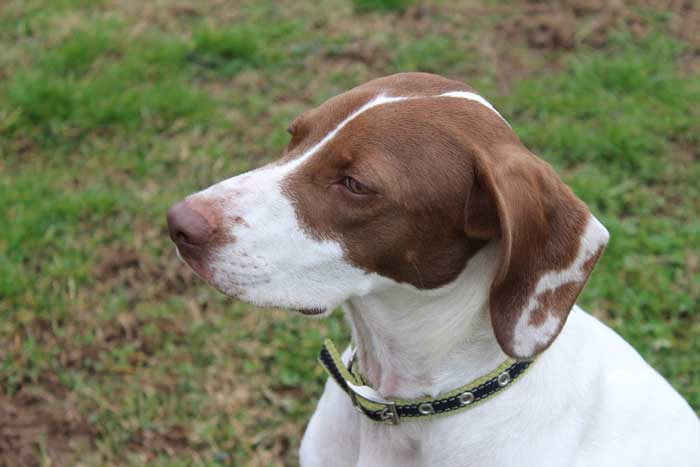
The Treeing Walker Coonhound is a hunting dog breed, originally bred to track raccoons. Therefore, they’re competitive and energetic dogs.
Coonhound dogs love to be outdoors. They need daily activities and exercises to stay fit and happy. They also love large spaces to run and play with their owner. These factors can make them not the best option if you live in the city or in a small place.
Active owners are likely to endure their energetic nature as well as their frequent chasing of small animals.
17. Weimaraner
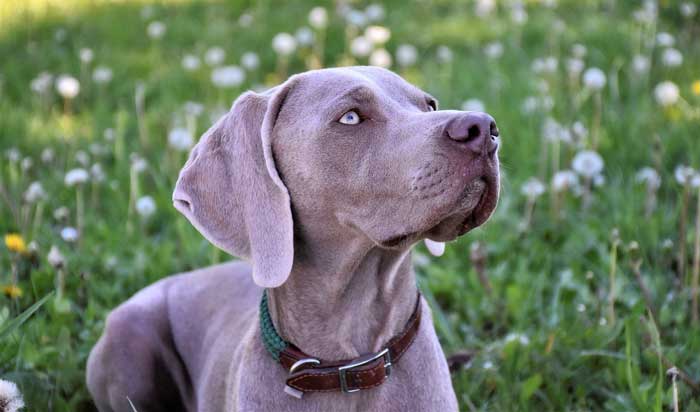
Also known as the Grey Ghost because of its coat and constantly following their owners. Originally bred as a hunting dog and sports dog, Weimaraner is active with a strong prey-drive.
Daily physical and mental exercises are essential for them, especially outdoors. They also need various kinds of training. Which makes them suitable for owners with enough time and energy.
The most challenging aspect of Weimaraner is their separation anxiety. They aren’t the kind of dogs that you can leave alone for long. They aren’t a suitable choice if you’ve other small pets at home due to their prey-drive.
What to Consider Before Getting Your First Dog
Before getting your first dog it’s essential to do your research. Make a list of your options and research about the breeds as much as you can. Also, Focus on information from reliable sources.
Asking someone who owns a similar breed can also give you a totally different perspective. Yet, remember that an individual case can’t be generalized. These are some factors to consider
- The size of the breed, an extra heavy dog can be hard to control.
- The general temperament of the breed.
- The way the dog deals with strangers whether people and pets and children.
- The dog’s level of attachment to their owners or families.
- The breed’s energy level and how much it fits your lifestyle.
- Each breed’s common behavioral issues such as barking, digging, and others
- How much grooming does the dog need?
- The breed’s national organizations if there are any.
- The trainability level, including how and what to train your dog.
- The dog’s budget, including its food, toys, and other needs.
Final Thoughts
Dogs that are bred to hunt, track, or guard, need suitable training and exercise to be good obedient pets. Neglecting these parts would turn them into difficult animals, that are hard to deal with, especially around strangers.
A first-time owner can find them overwhelming, if not prepared well. While experienced owners would know how to deal with these dogs better.
It’s essential to make sure that your chosen dog is likely to adapt to your place and lifestyle. This will ensure that both of you are going to have a great time together, and bond very well in the long term.

